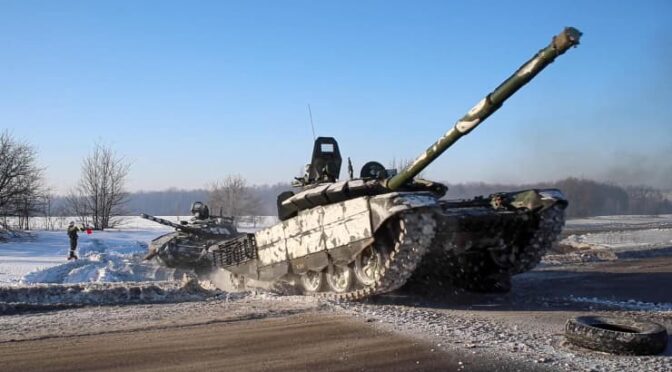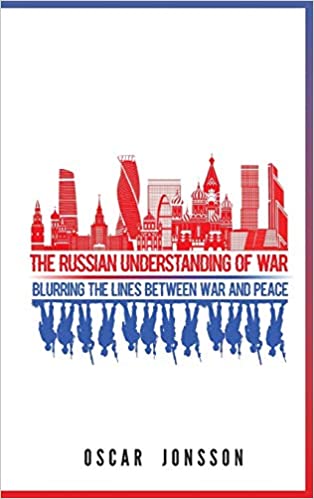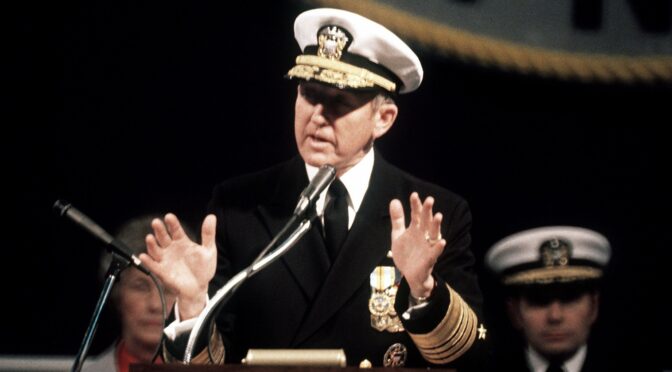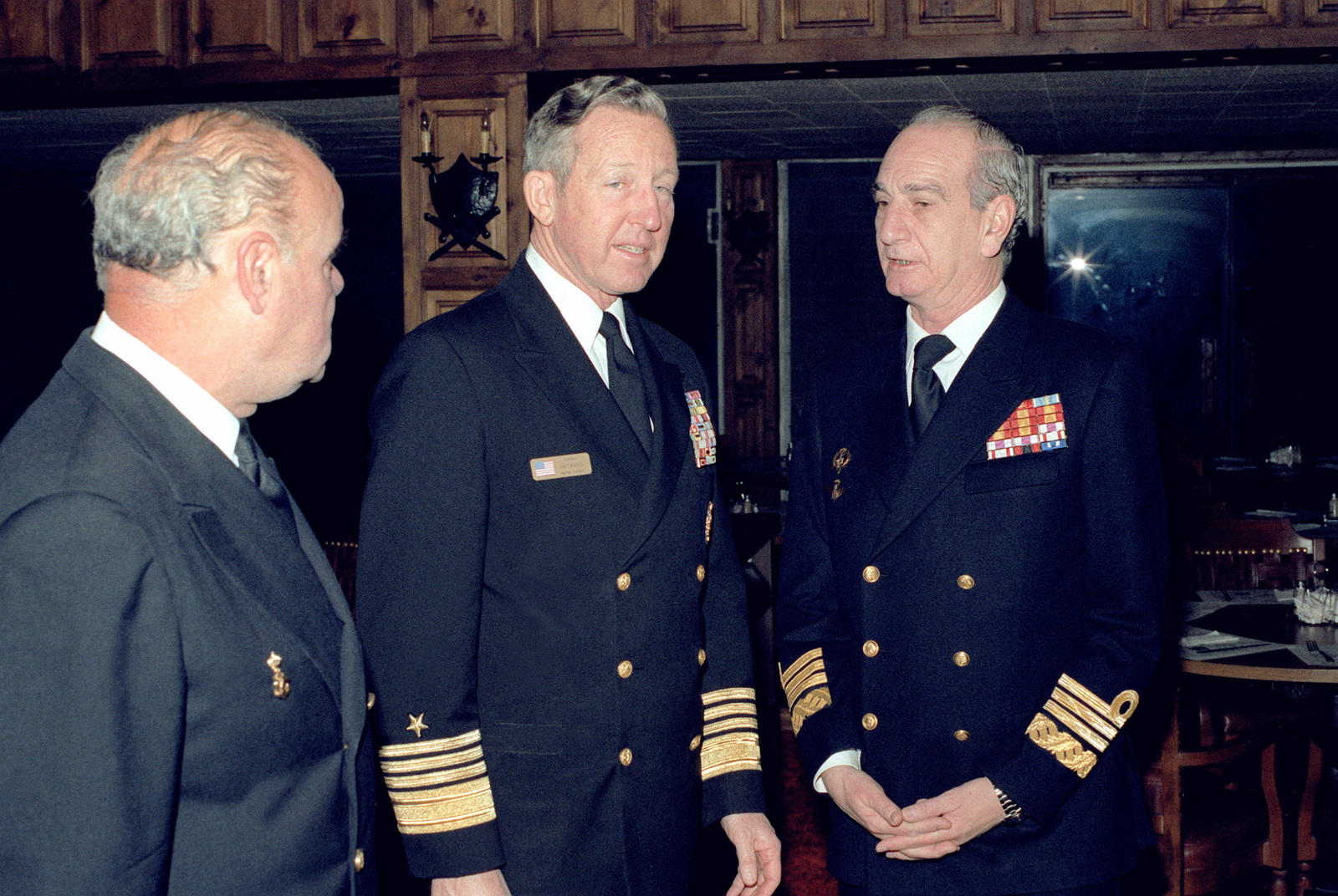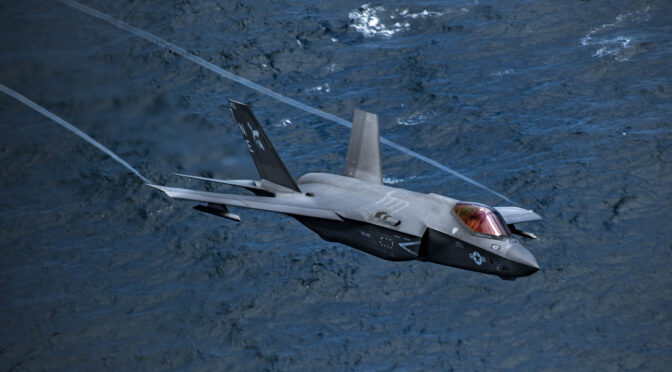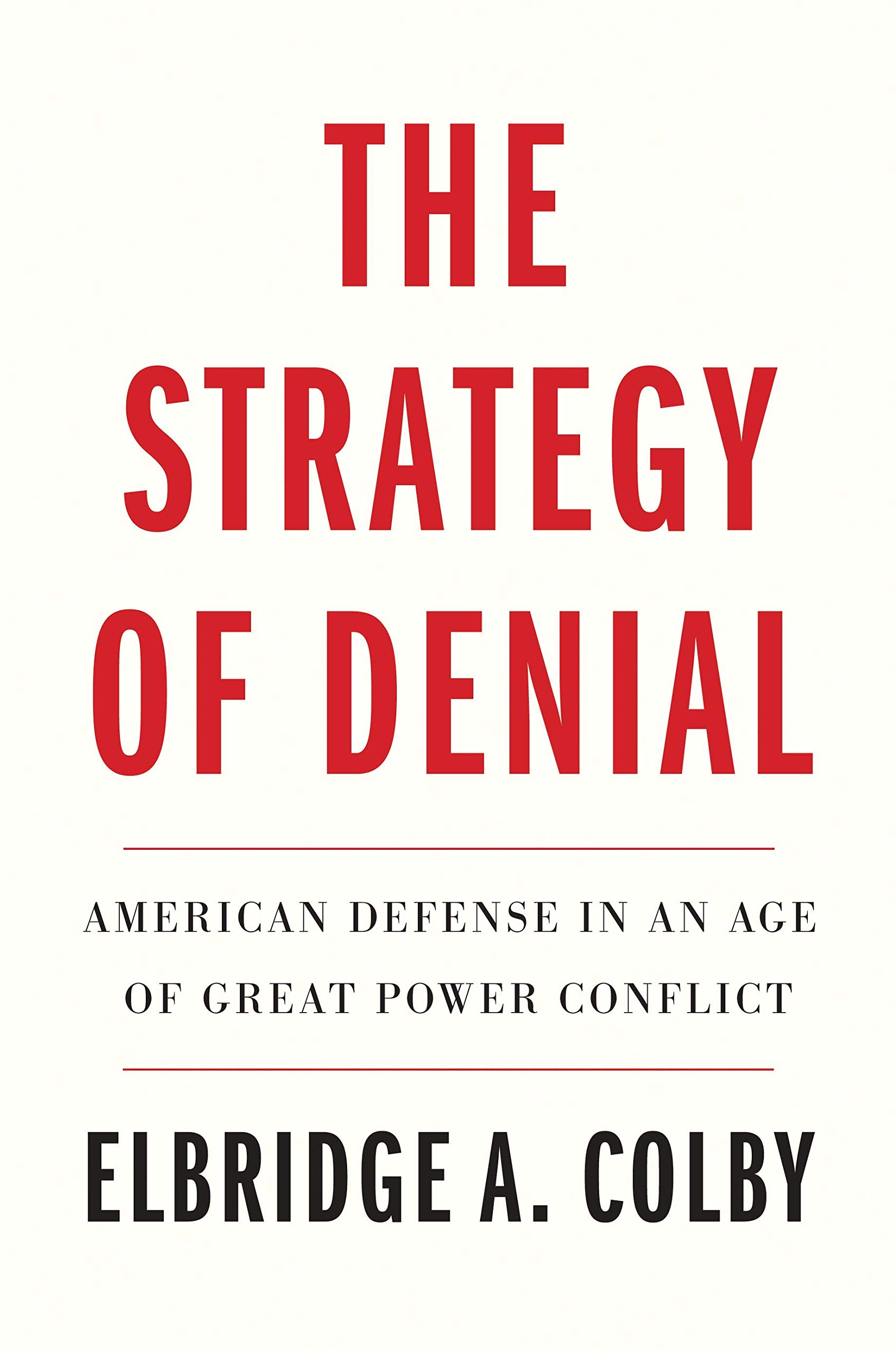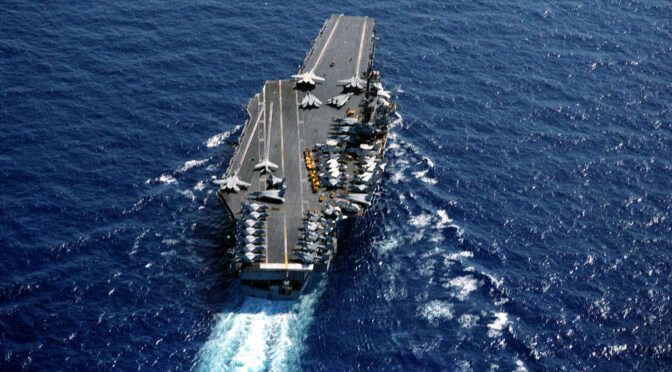Oscar Jonsson, The Russian Understanding of War: Blurring the Lines between War and Peace, Georgetown University Press, 2019, $32.95/paperback.
Russia, and before it the Soviet Union, has vexed Western strategists and military leaders for decades, in large part due to a lack of understanding of Russian military thought. Oscar Jonsson seeks to change that with his book The Russian Understanding of War: Blurring the Lines between War and Peace. Using primary Russian national strategy documents and excerpts from senior Russian military leaders’ speeches and writings, Jonsson dives into how Soviet and Russian military thinkers evolved their understanding of the nature of war from Soviet-era foundations to the present day, giving Western readers an insight into the Russian perspective on war and conflict.
Jonsson begins with two background chapters that give an overview of Soviet and post-Cold War Russian perspectives of war and military conflict. When describing Soviet military science, he notes that the Soviet understanding of war is based almost entirely on Lenin’s own perspectives and his view that all conflict should be viewed as an economic struggle between social classes. A knowledge of dialectic materialism will serve the reader well here, as Jonsson’s descriptions sometimes veer into the arcane, perhaps saying more about Soviet military views vis-à-vis economic and social conflict than about Jonsson’s research approach. The Soviets in many ways viewed war as inevitable and critical to furthering the global reach of communism, with peace simply an interlude between armed conflicts. Interestingly, however, Soviet military science was unique in its holistic focus, treating economic, political, and social, as well as military factors, as equal contributors to and tools in support of armed conflict.
The dissolution of the Soviet Union left the new Russian Federation in disarray, and that was reflected in Russian military thought in the 1990s and early 2000s. While many Russian theorists continued to view war primarily through an economic lens, the wars of the 1990s made many question their assumptions on military strategy. The Gulf War, in particular, shocked many Russian military officers and theorists, as a smaller but technologically superior American force quickly and easily defeated the larger Iraqi army. The shock and confusion were exacerbated by the advent of the information age, after which the Russian military increasingly saw the use of information as a weapon. This shaped the emerging view that conflict is continuous and ongoing, and that the only change is between violent and non-violent means of waging war.
Jonsson then examines modern Russian perspectives of conflict, specifically touching on the blurred lines between peace and war when considering information operations as non-kinetic military operations. He notes that the current struggle between Russia and the West is principally in the information domain, emphasizing that Russia’s approach is two-pronged: the “information-technical,” primarily concerned with information systems, architecture, and means of transmission (i.e. physical infrastructure and spectrum access); and the “information-psychological,” primarily concerned with influencing opinions of adversary populations via traditional and social media, including disinformation and misinformation campaigns.
The Russian military views U.S. success in the Gulf War in large part due to their specific targeting of Iraqi command and control infrastructure, showing the importance of the “information-technical” aspect of information warfare. Their view of the “information-psychological” aspect comes from their own experiences in the Chechen Wars of the 1990s and early 2000s. During the First Chechen War, the Chechen separatists used traditional media to shape public opinion of the war both in Russia and internationally, whereas Russian forces essentially declined to use the media in any capacity, finally realizing their mistake too late to change public opinion. Russia was caught flat-footed again in the Second Chechen War, during which Chechen forces took advantage of greater public access to the Internet to broadcast their narrative around the world and rally support to their cause.
Perhaps Jonsson’s most interesting insight is in the final chapter of the book, in which he examines the Russian view of so-called color revolutions (e.g. the 2003 Rose Revolution in Georgia, the 2005 Orange Revolution in Ukraine, and the 2011 Arab Spring). Whereas in the West such events are seen as admirable expressions of popular desires for democratic governments, in Russia they are viewed as U.S.-backed influence operations designed to sow domestic dissent and effect regime change. Western media, in simply reporting such events in conjunction with praise by Western leaders, creates an appearance of Western information operations in the Russian military view.
This highlights one of Jonsson’s primary insights in the book, which is that the Russian political-military apparatus views its own domestic public support as a critical weakness and color revolutions as Western (i.e. U.S.) attempts to destabilize Russia domestically and possibly prompt regime change. Senior Russian military officers and political leaders view color revolutions as a form of information warfare against Russia, and they conduct information operations in kind against the perceived perpetrators in the West.
The Russian Understanding of War is an excellent work for anyone looking to understand Russian perspectives on the nature of conflict. Although at times it can be esoteric for the lay reader, anyone with a basic background in Russian military thought will appreciate the insight Jonsson provides. Historically, the United States has struggled to understand both Soviet and Russian geopolitical maneuvers. Jonsson’s work will help change that, giving an inside view of current debates within Russian military circles via Russian strategic documents and the writings and speeches of Russian military leaders. It provides valuable context on Russian strategic messaging and decision-making, and anyone working on European or Russian affairs would do well to pick it up.
McLean Panter is a U.S. Navy Foreign Area Officer currently serving in the Security Cooperation Office at the U.S. Embassy in Bogotá, Colombia. He is a graduate of the Command and Staff Course at the Colombian Joint War College, and he previously served in the Theater Security Cooperation Officer at the U.S. Fifth Fleet headquarters in Manama, Bahrain.
Featured Image: Russian Army Tanks (Photo via Russian Ministry of Defense)

